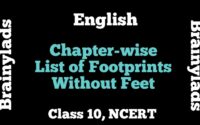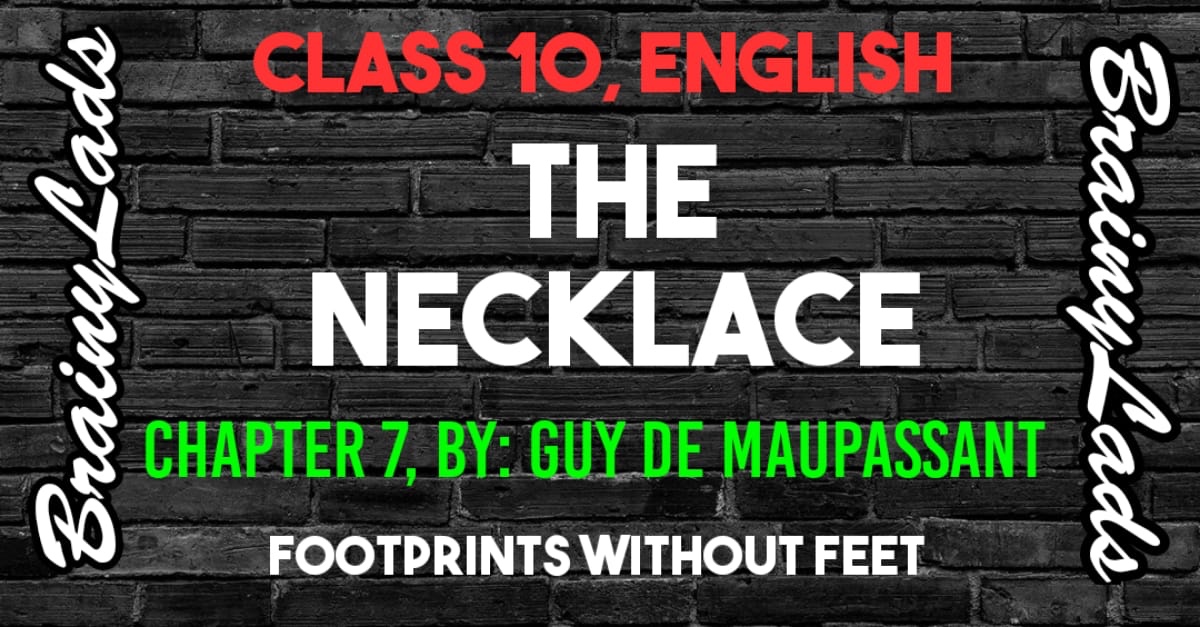Read and Find Out (Page 32)
Question 1. How did a book become a turning point in Richard Ebright’s life?
Answer: After reading the book, ‘The Travels of Monarch X,’ Richard became interested in tracking the migration of butterflies. He started his other projects and experiments because of this interest. Finally, he became a great scientist.
Question 2. How did his mother help him?
Answer: Richard’s mother helped him a lot. She took him on trips and bought scientific equipment for him. She spent all her time in setting up challenges for him. This helped Richard learn a lot of things, especially about science. One day she gave Richard the book ‘The Travels of Monarch X’. This book changed his life forever because after reading
Page 34
Question 1. What lesson does Ebright learn when he does not win anything at a science fair?
Answer: Ebright went to a science fair and showed slides of frog tissues. He did not win any prize. He learned that science is not just about showing things. It’s about projects and experiments. From that day, he started conducting experiments.
Question 2. What experiments and projects does he do then undertake?
Answer: He studied a type of butterfly. He did experiments with them to show that they copied another type of butterfly. He also studied bright spots on the pupa and found a new hormone. And he researched how cells read their DNA.
Question 3. What are the qualities that go into the making of a scientist?
Answer: Scientists need three important qualities. First, they need a first-rate mind. Second, they need curiosity. And last but not least, they must want to do their best and win!
Think About It (Page 38)
Question 1. How can one become a scientist, an economist, a historian … ? Does it simply involve reading many books on the subject? Does it involve observing, thinking and doing experiments?
Answer: Reading books is not enough to understand a subject. One needs to think and perform experiments too. One needs to have curiosity, explore, and learn something new. Above all, one must work hard and not give up when it is difficult or they fail at something.
Question 2. You must have read about cells and DNA in your science books. Discuss Richard Ebright’s work in the light of what you have studied. If you get an opportunity to work like Richard Ebright on projects and experiments, which field would you like to work on and why?
Answer: DNA carries the blue print of life, which means it passes information from one generation to the other. If I get the chance to work like Richard Ebright, I would want to study about diseases. Studying DNA may help me find ways and means to cure many illnesses.
Talk About It (Page 38)
Question 1. Children everywhere wonder about the world around them. The questions they ask are the beginning of scientific inquiry. Given below are some questions that children in India have asked Prof. Yash Pal and Dr. Rahul Pal as reported in their book, Discovered Questions. (published by NCERT in 2006).
- What is DNA fingerprinting? What are its uses?
- How do honeybees identify their own honeycombs?
- Why does rain fall in drops?
Can you answer these questions? You will find Prof. Yash Pal’s and Dr. Rahul’s answers (as given in Discovered Questions) on Page 75.
Answer:
- DNA fingerprinting is a process that identifies the characteristics of your DNA. It is often used in tests to see if you are someone’s parent and it can also be used in crime investigations to try to identify a person or place them at the scene of a crime.
- Honeybees leave trails to help other honeybees find their honeycomb.
- Air is made up of many things. Dust particles are in the air. When water vapour gets too heavy, it falls to Earth and becomes a drop on a dust particle that it has used as a centre of attraction.
Question 2. You also must have wondered about certain things around you. Share these questions with – your class, and try and answer them.
Answer: Do it yourself


